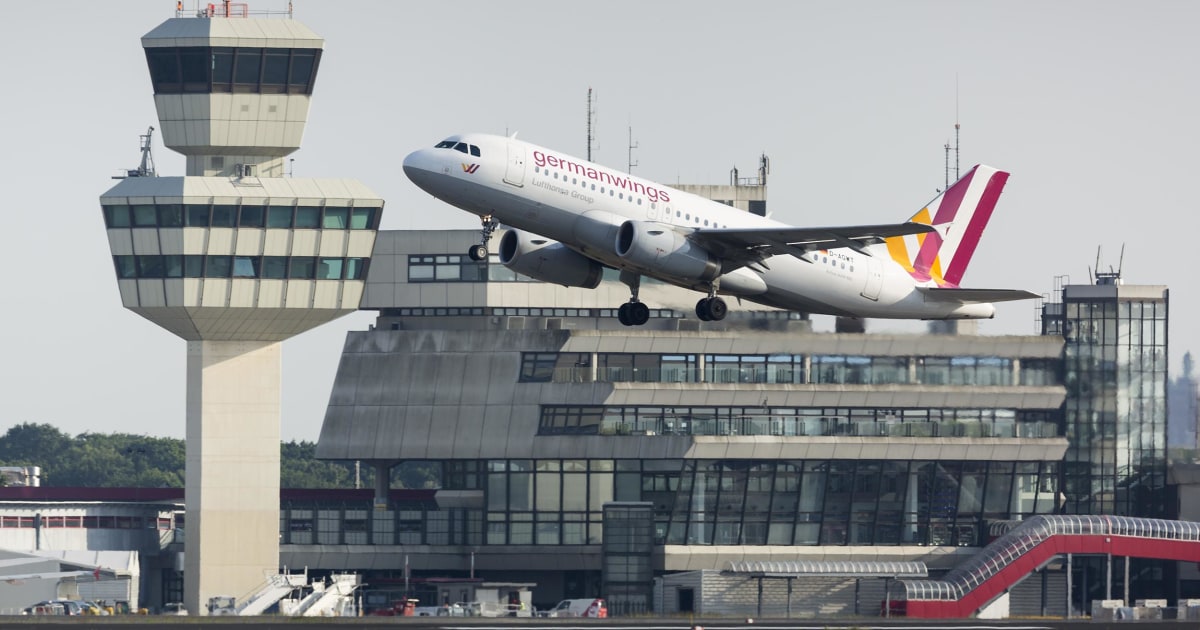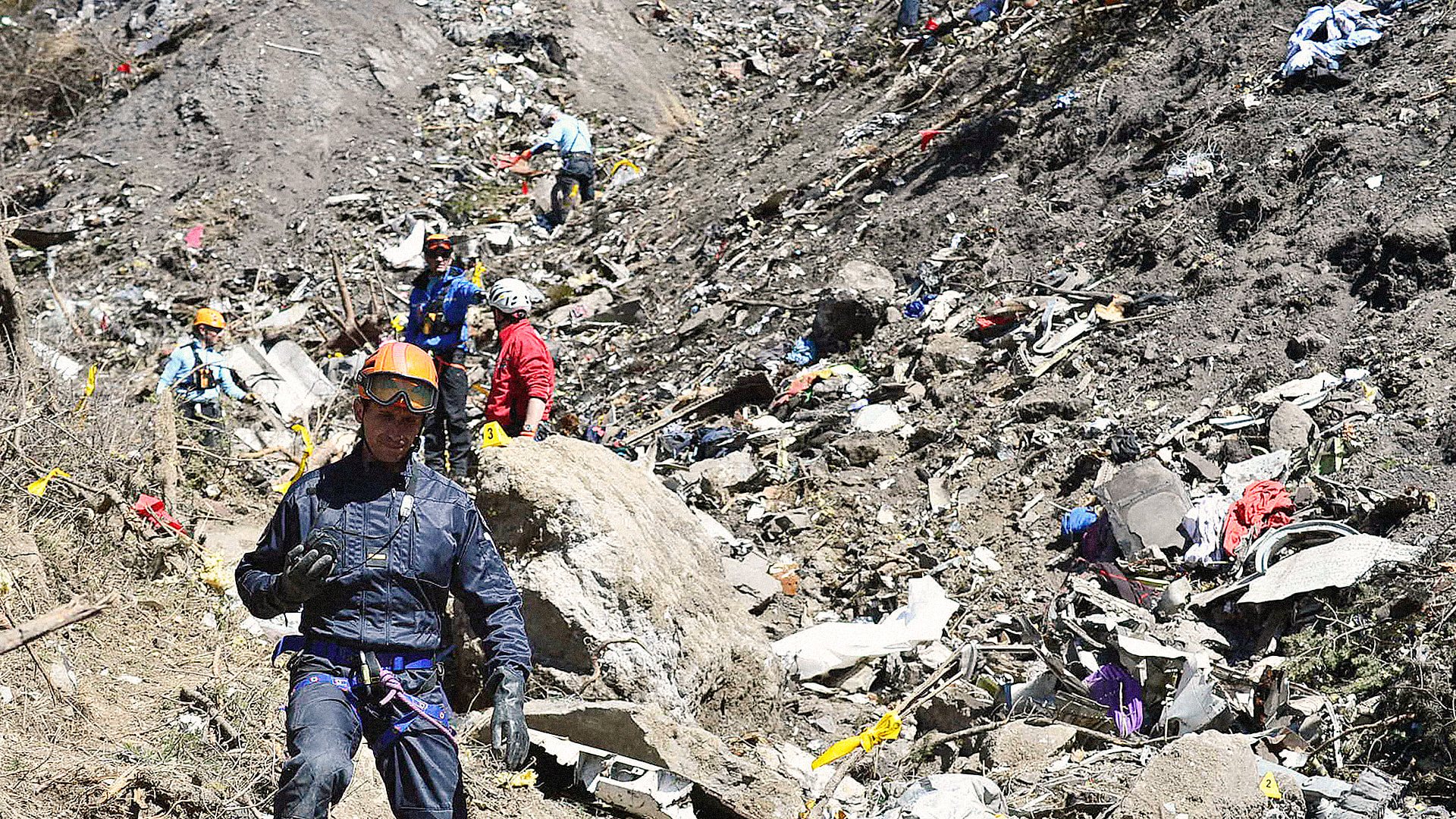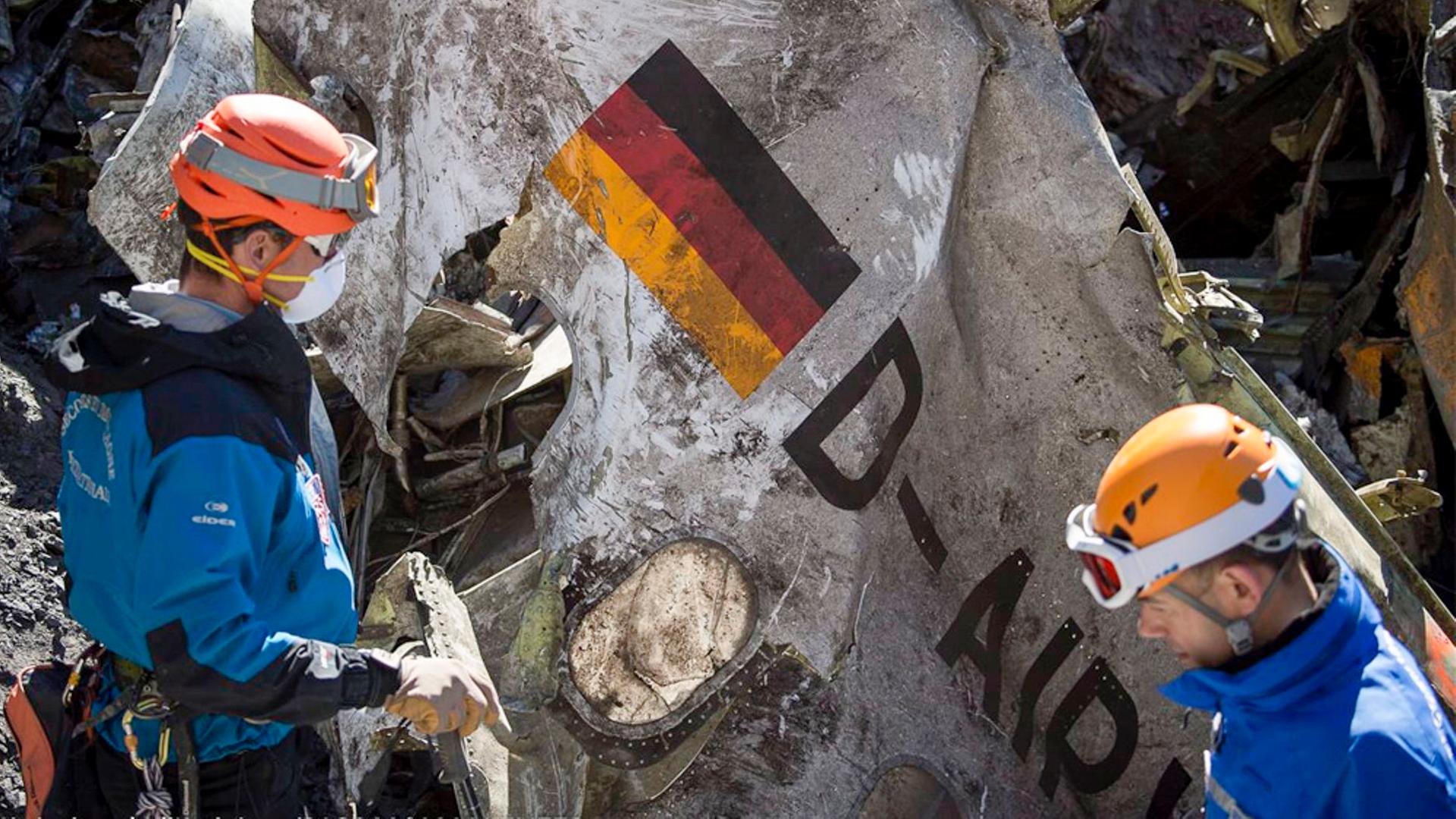
The morning of March 24, 2015, began like any other for Germanwings Flight 9525, a routine international passenger service scheduled to depart from Barcelona–El Prat Airport in Spain, bound for Düsseldorf Airport in Germany. This flight, operated by Germanwings, a low-cost carrier under the German airline Lufthansa, carried 150 souls – 144 passengers and six crew members – unaware of the unfolding horror that lay just ahead. What started as a standard journey would, within a mere hour, devolve into one of the most shocking and deliberated aviation tragedies in modern history.
High above the French Alps, an unimaginable act of betrayal and destruction was initiated, not by external forces or mechanical failure, but by a decision made within the very cockpit designed to ensure safety. The subsequent events defied conventional understanding of air disasters, revealing a calculated plot that would shatter lives and challenge deeply ingrained assumptions about pilot integrity and aviation security protocols worldwide. It was a moment that etched itself into the collective memory, forcing a re-evaluation of established norms.
This comprehensive account delves into the initial stages of the Germanwings tragedy, meticulously tracing the flight’s final moments, the devastating impact, and the unsettling revelations about the co-pilot whose actions precipitated such widespread devastation. We explore the facts surrounding the crash, the immediate discovery, the details of those onboard, and the disturbing history of the individual at the center of this unprecedented event, setting the stage for the profound shifts that would ripple across the global aviation industry.

1. **The Fateful Flight 9525**: Germanwings Flight 9525 (4U9525) commenced its ill-fated journey from Runway 06R at Barcelona–El Prat Airport on March 24, 2015, at 10:01 am CET. The Airbus A320-211, registered as D-AIPX, was approximately 26 minutes behind its scheduled departure time. Its destination was Düsseldorf Airport, with an anticipated arrival time of 11:39 CET. The flight was initially uneventful, with pilots confirming instructions from French air traffic control at 10:30 CET, indicating a normal progression of the flight plan.
The aircraft, having accumulated approximately 58,300 flight hours across 46,700 flights, was a seasoned performer in the Germanwings fleet. Onboard were 144 passengers and six crew members, comprising two pilots and four cabin crew. The crew included the highly experienced 34-year-old Captain Patrick Sondenheimer, who boasted 10 years of experience and 6,000 flight hours, with 3,812 hours specifically on the Airbus A320. The co-pilot was 27-year-old Andreas Lubitz, who had joined Germanwings in September 2013 and had accumulated 630 flying hours, 540 of which were on the Airbus A320.

2. **The Unprecedented Descent**: Just one minute after confirming instructions, at 10:31 CET, a critical and alarming deviation occurred. After crossing the French coast near Toulon, the aircraft abruptly left its assigned cruising altitude of 38,000 feet (11,600 meters) without any prior approval. This unauthorized and rapid descent marked the beginning of the end for Flight 9525, initiating a sequence of events that stunned air traffic controllers and observers. The aircraft began to plummet at an average descent rate of approximately 3,400 feet per minute (58 feet per second).
French air traffic control, immediately recognizing the gravity of the situation, declared the aircraft in distress following its rapid descent and the complete loss of radio contact. Repeated attempts by controllers to establish communication with the flight on the assigned radio frequency went unanswered, heightening concerns. In a desperate measure, a French military Mirage jet was scrambled from the Orange-Caritat Air Base to intercept the aircraft, but by then, the tragic trajectory was already set in motion, irreversible.

3. **The Crash Site and Immediate Aftermath**: Radar contact with Flight 9525 was lost definitively at 10:40 CET. At this precise moment, the aircraft had descended to an altitude of 6,175 feet (1,880 meters) before impact. The Airbus A320 then tragically crashed in the remote commune of Prads-Haute-Bléone, situated approximately 100 kilometers (62 miles) north-west of Nice, deep within the rugged French Alps. The impact site was specifically located within the Massif des Trois-Évêchés, about 3 kilometers east of the settlement of Le Vernet, in an area known as the Ravin du Rosé.
The aircraft struck the southern side of the Tête du Travers, a minor peak on the lower western slopes of the Tête de l’Estrop, at an elevation of 1,550 meters (5,085.3 feet). The force of the impact was immense, with the aircraft traveling at an estimated 700 kilometers per hour (380 knots; 435 mph) upon collision. Such extreme velocity led to the complete disintegration of the aircraft, with the largest identifiable piece of wreckage being no larger than the size of a car.
The debris field itself was sprawling, covering an expansive area of 2 square kilometers (500 acres), painting a stark picture of the catastrophe. Gendarmerie nationale and Sécurité Civile helicopters were swiftly deployed to locate the wreckage, and upon landing near the crash site, personnel grimly confirmed that there were no survivors among the 150 people on board.

4. **The Aircraft and Its Passengers**: The ill-fated aircraft, D-AIPX, was an Airbus A320-211, serial number 147. This specific model indicated it was fitted with CFM International CFM56-5A1 engines. Before its final flight, the aircraft had a commendable service record, accumulating approximately 58,300 flight hours over 46,700 flights, a testament to its extensive operational history within the Germanwings fleet. Its routine operation belied the unprecedented nature of the tragedy that was about to unfold.
The human element of the tragedy was devastatingly broad, as the flight carried individuals of 19 different nationalities. Among the most widely reported and heart-wrenching losses were 16 students and 2 teachers from the Joseph-König-Gymnasium of Haltern am See, North Rhine-Westphalia, who were returning home from a student exchange program in Barcelona. The town’s mayor, Bodo Klimpel, described the crash as “the darkest day in the history of [the] town,” underscoring the profound community impact. Also among the passengers were renowned bass-baritone Oleg Bryjak and contralto Maria Radner, singers with Deutsche Oper am Rhein, along with two football journalists returning after covering a major match between FC Barcelona and Real Madrid.

5. **Andreas Lubitz: The Co-Pilot’s Troubled Past**: Andreas Günter Lubitz, the co-pilot whose actions would define the Germanwings tragedy, was born on December 18, 1987. He was raised in Neuburg an der Donau, Bavaria, and Montabaur in the German state of Rhineland-Palatinate, where he also took early flying lessons at a local aviation sports club. His aspiration to fly led him to be accepted into a Lufthansa trainee program after high school, beginning his pilot training at the Lufthansa Flight Training school in Bremen, Germany, in September 2008.
However, Lubitz’s path was not without significant challenges. In November 2008, he was forced to suspend his pilot training after being hospitalized for a severe episode of depression. After a period of treatment, his psychiatrist determined that the depressive episode was fully resolved, allowing Lubitz to return to the Lufthansa school in August 2009.
He then continued his training in the United States at the Lufthansa Airline Training Center in Goodyear, Arizona, from November 2010. For a period, from June 2011 to December 2013, he also worked as a flight attendant for Lufthansa, concurrently pursuing his commercial pilot’s license. He eventually joined Germanwings as a first officer in June 2014.
Despite his outward progression, later investigations would tragically reveal a persistent and deeply troubling struggle with mental health. This was marked by psychosomatic illness and the prescription of antidepressants like escitalopram and mirtazapine, along with the sleep medication zopiclone, all of which were subsequently found in his system post-mortem.

6. **The Deliberate Act Unveiled**: The shocking truth behind the Germanwings crash emerged quickly: it was deliberately caused by co-pilot Andreas Lubitz. French and German prosecutors concluded that Lubitz had intentionally initiated the disaster. During the initial phase of the flight, Lubitz had been courteous to Captain Sondenheimer, but his demeanor reportedly became “curt” as the captain began briefing on the planned landing. This subtle shift was a precursor to the horrific sequence of events that followed.
The cockpit voice recorder, a crucial piece of evidence, revealed the chilling details. When Captain Sondenheimer left the cockpit, presumably to use the toilet, Lubitz locked the cockpit door and overrode the door code from the inside, effectively preventing anyone from re-entry. The captain’s desperate attempts to regain access—requesting re-entry via intercom, knocking, and then banging on the door—were met with no response. The reinforced cockpit door, a post-September 11 security measure designed to prevent intrusion, proved impenetrable from the outside.
Throughout the descent, the co-pilot remained unresponsive to questions from Marseille air traffic control and failed to transmit any distress call. The recording captured contact from the air traffic control tower, the captain’s frantic attempts to break in, and, most chillingly, Lubitz’s steady breathing, confirming his conscious presence. The screams of passengers in the final moments before impact were also tragically audible on the recording.
Further analysis of the aircraft’s flight data recorder by the BEA solidified the findings, concluding that Lubitz had made specific flight control inputs leading to the crash. He deliberately set the autopilot to descend to a mere 100 feet (30 meters) and repeatedly accelerated the speed of the descending aircraft thereafter. The BEA preliminary report, published six weeks after the crash, confirmed these initial analyses and revealed an even more disturbing detail: during the earlier outbound Flight 9524 from Düsseldorf to Barcelona, Lubitz had practiced setting the autopilot altitude dial to 100 feet several times while the captain was out of the cockpit. The BEA’s final report, issued on March 13, 2016, unequivocally confirmed that Lubitz had deliberately crashed the aircraft as a murder–suicide, stating that: “The collision with the ground was due to the deliberate and planned action of the co-pilot, who decided to commit suicide while alone in the cockpit.”




